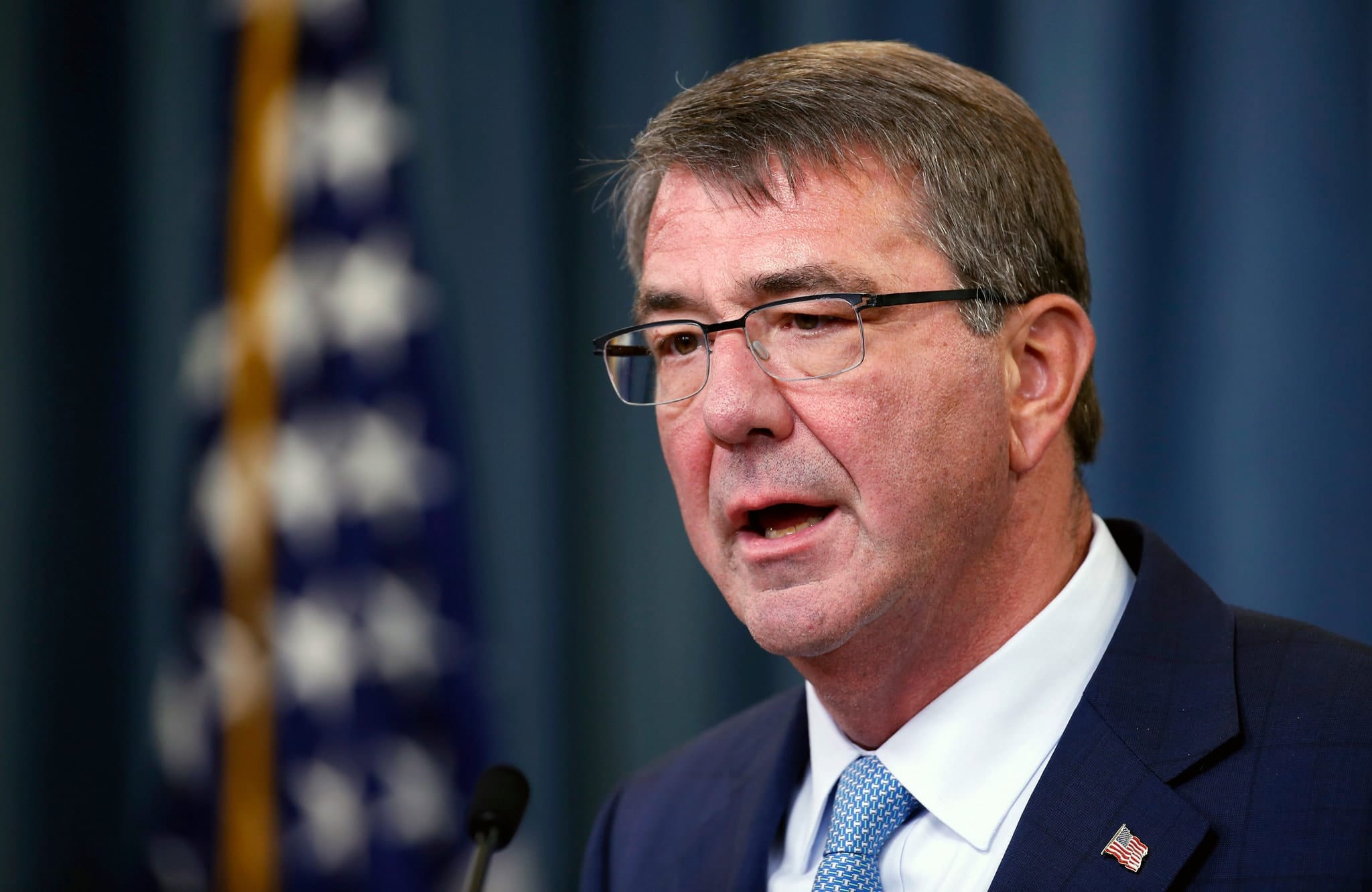President Trump’s recent policy shift concerning transgender troops has ignited a nationwide controversy. The announcement’s central focus is on healthcare costs associated with transitioning individuals, causing tensions to rise among military experts, politicians, and the transgender community.
The United States military has announced that it would now prohibit individuals diagnosed with gender dysphoria from joining the military, barring them from accessions or retention in their current role. This policy shift under the Trump administration calls for the Department of Defense to decide whether current transgender service members can continue their service based upon specific criteria, including deploying to combat.
One of the focal points of this decision pertains to the financial burden on military healthcare, with the Trump administration claiming that it would cost as much as $1.35 billion over a decade. These expenses encompass medical treatments and therapies, as well as reassignment surgery. Advocates for the transgender community, military experts, and politicians alike have expressed varying perspectives on this matter.
Supporters of the administration’s decision view the policy change as necessary to preserve military resources. They claim that the previous administration’s 2016 policy allowed for individuals with gender dysphoria to serve openly. Critics argue that the Trump administration’s focus on the financial aspect disregards concerns such as readiness, diversity, and inclusivity. Furthermore, there are questions regarding the potential legal actions that enlisted trans-service members may take to challenge this policy.
These controversies surrounding gender ideology in the military have opened a debate on the importance of gender identity in military service. As discussions continue, it remains clear that the Trump administration’s policy shift has significant implications for both transgender individuals and the military’s overall approach to diversity and inclusion.



